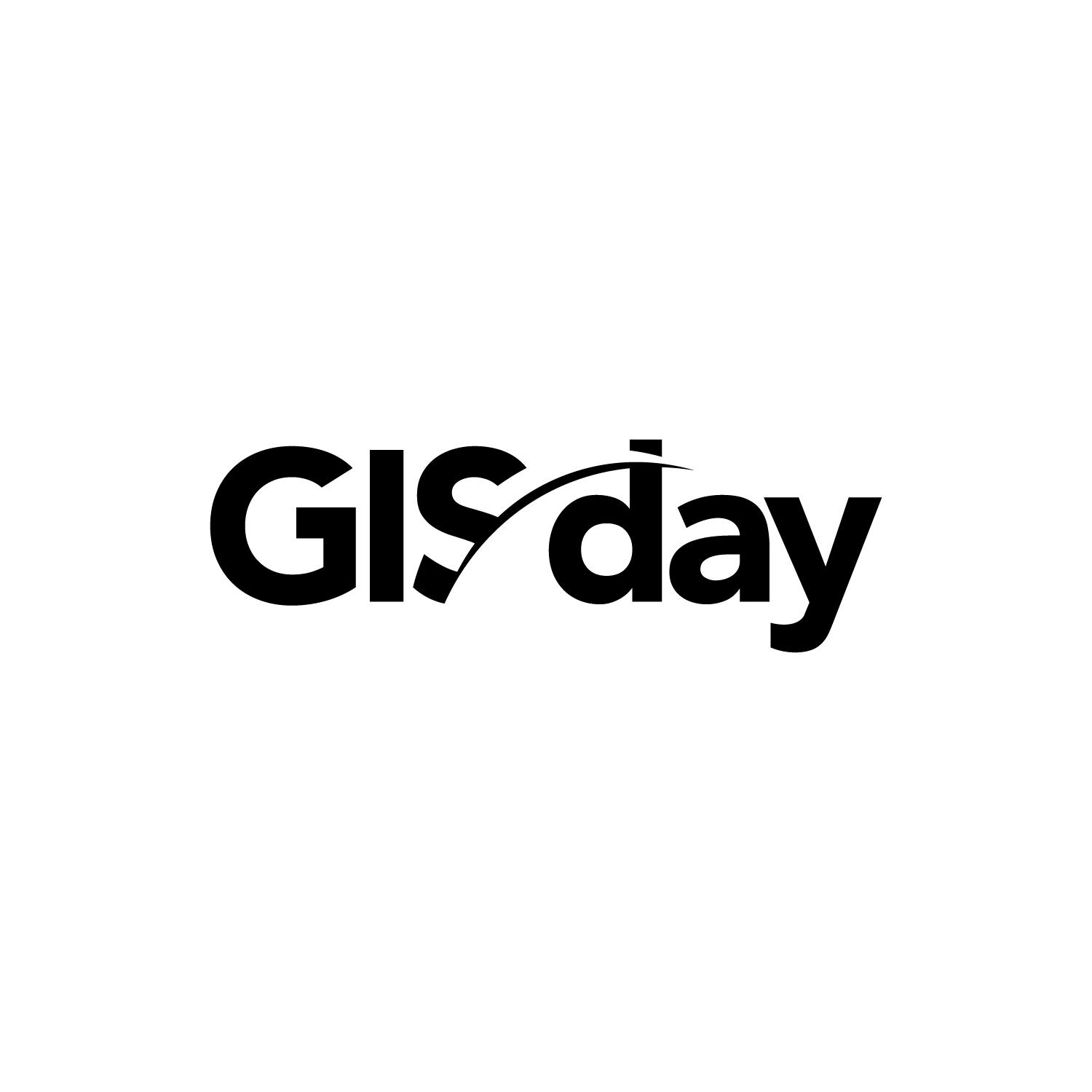Mark Your Calendars For GIS Day Events

Join the University of Colorado Boulder in celebrating GIS Day, November 13!
Geographic Information Systems (GIS) is a scientific framework for gathering, analyzing, and visualizing geographic data to help people make more informed decisions. GIS gives people the ability to create their own digital map layers to help solve real-world problems. It has also become a way for researchers to share data and collaborate on stories that can reveal trends across all subject matter.
“GIS is used across all sectors of academia, as well as government, business, and nonprofits,” Earth Sciences & Environment Librarian Phil White said. “We all rely on GIS whether we realize it or not, and its proliferation into our everyday lives by way of tools like Google Maps, means there is more interest than ever in tying it into our work and research.”
The Geography Department, the University Libraries, and the Center for Research Data & Digital Scholarship (CRDDS) of CU Boulder have come together to co-organize GIS Day events.
Specifically, White and GIScience Instructor Sarah Kelly, and Geospatial Data Services Postdoctoral Fellow Alicia Cowart co-coordinated a series of events that demonstrate how the interdisciplinary nature of this work is impactful to society.
The Grand Canyon Trust’s GIS Program Director Stephanie Smith will also present a keynote talk on the issue of mapping with cultural respectfulness in the context of the Grand Canyon National Park, Bears Ears National Monument and indigenous lands. Her talk begins at 11 a.m.
"As geographers and cartographers, details call us," Smith said. "But sometimes knowing what to leave off the map is as important as what you put on it. We have a responsibility as cartographers to understand and respect this dynamic dance when working with culturally sensitive information."
Following snacks and networking at noon, attendees will hear from the following on GIS in their perspective fields:
- Conor Bailey, The Wilderness Society: Developing the Federal Lands Use & Transparency Tool (FLURTT)
- Denise Fernandes and Shelby McAuliffe, ENVS, ARTH: Invisible Disruptions: The Cultural Politics of Hydraulic Fracturing in Colorado
- Roberta Donaldson, 2Dot Consulting: GNSS Bad Elf receivers in the field to record and create deliverables
- Paul Bailey, ATLAS BTU Lab: Laser Landforms: creating physical hypsographic models derived from satellite DEM utilizing laser cutting of plywood
- Sean Babbs, CU Libraries Special Collections & Archives: Mapping Historical Tourist Train Lines in Colorado
Attendees will have opportunities to share ideas and learn from fellow GIS researchers on campus. All GIS Day events will take place in the Center for Community (C4C) Flatirons Room. from 11 a.m. to 4 p.m.

